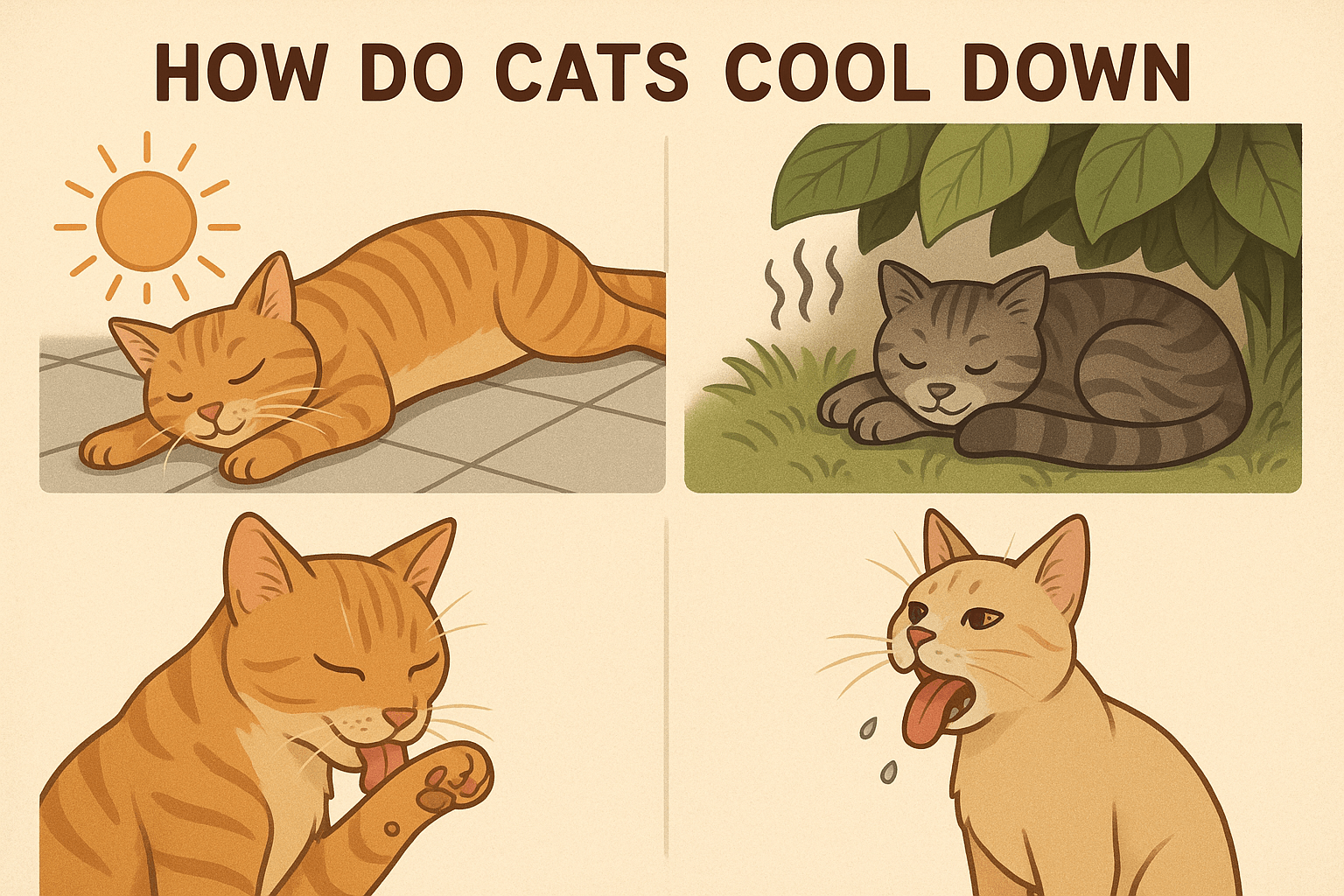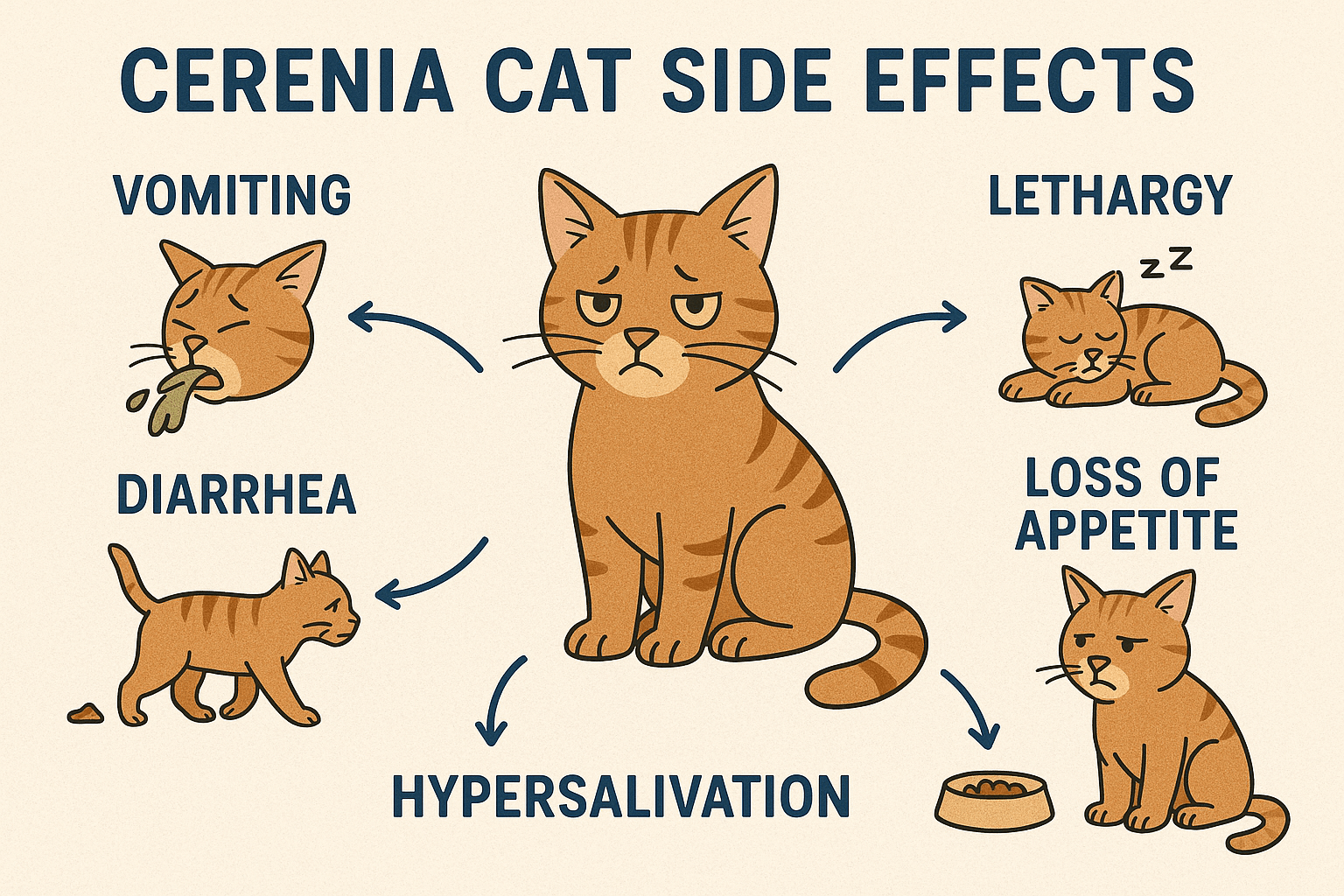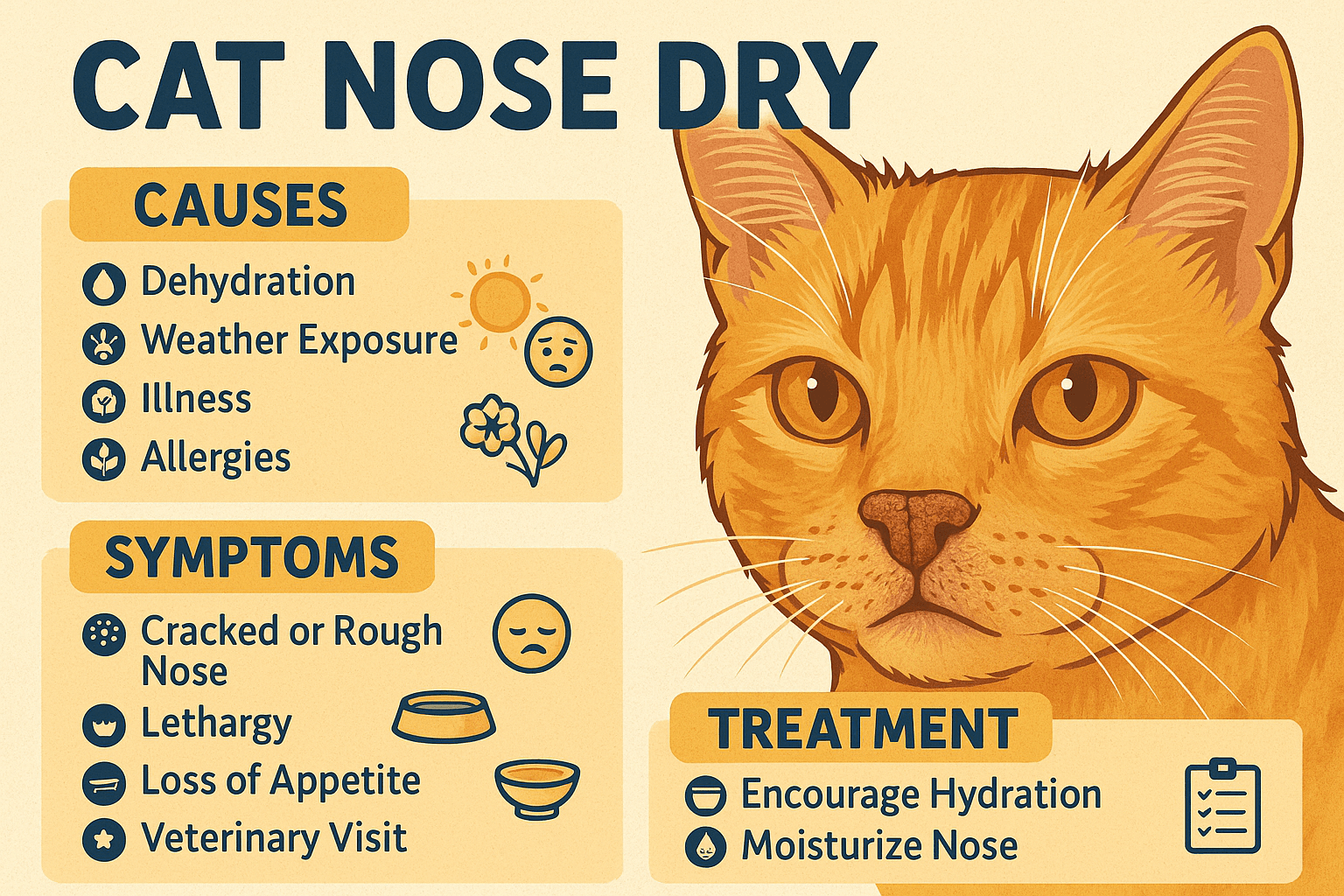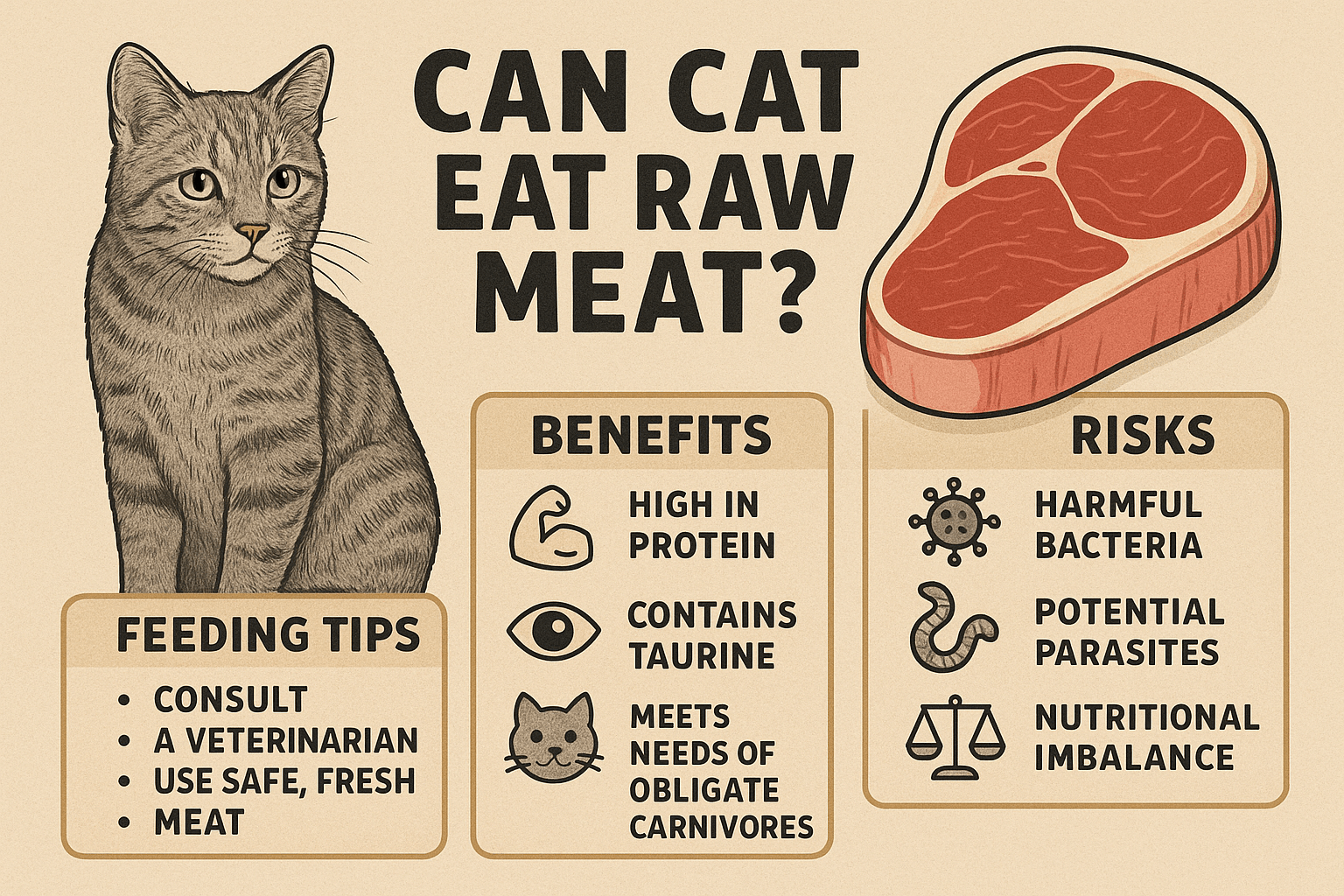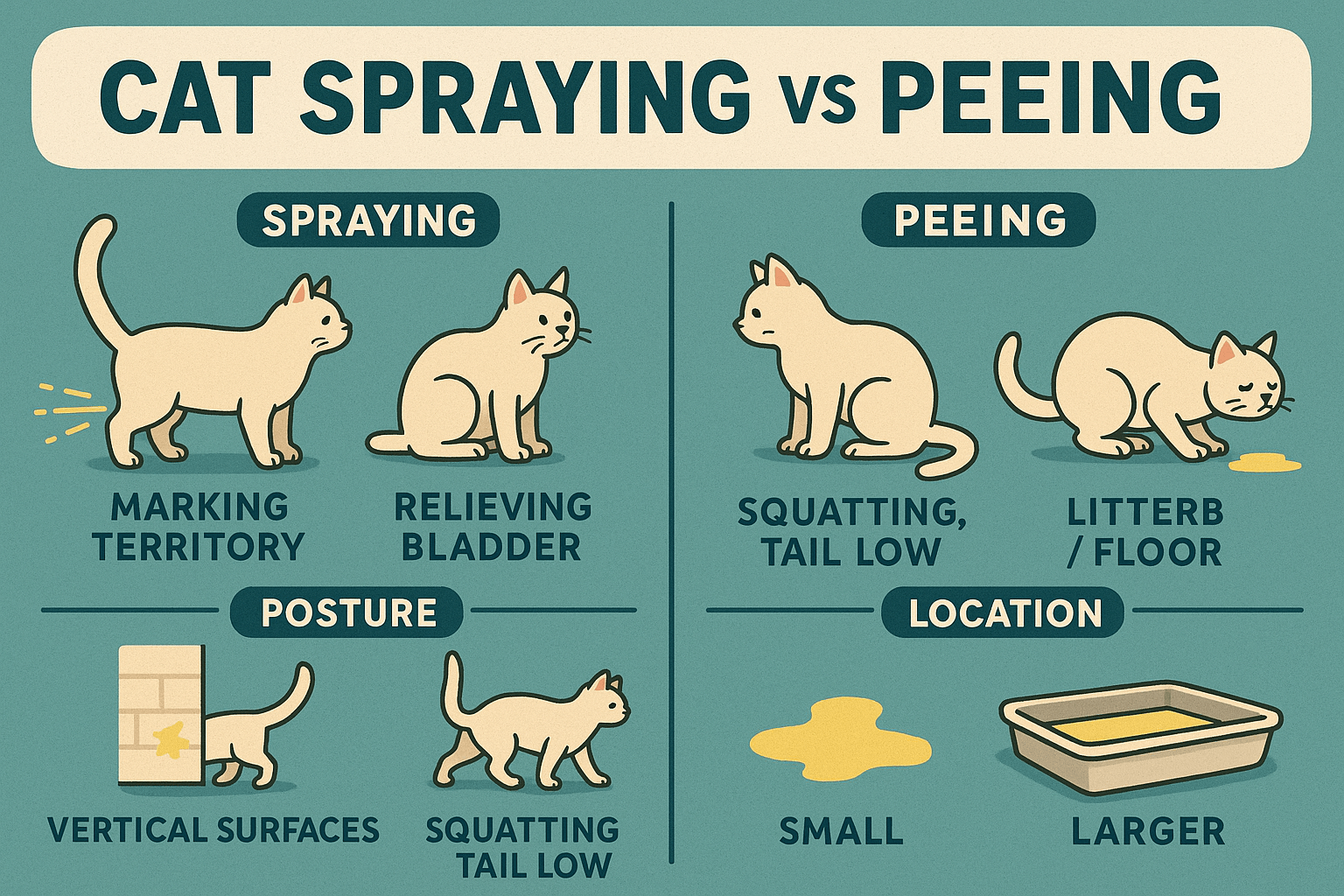How Do Cats Cool Down? Understanding Their Unique Cooling Mechanisms
Cats are fascinating creatures, but unlike humans, they don’t rely on sweating to regulate their body temperature. Instead, they’ve developed unique and efficient ways to cool down when the weather gets hot or their environment becomes uncomfortable. Whether lounging in a sunbeam or seeking shade during summer, cats instinctively know how to stay comfortable. But what exactly do they do to beat the heat? In this blog post, we’ll explore the science behind how cats cool down, practical tips for helping them stay cool, and what signs indicate they might be overheating. Let’s dive into the world of feline thermoregulation and ensure your furry friend stays happy and healthy all year round.
Natural Ways Cats Cool Themselves Down
Cats have evolved several clever techniques to regulate their body temperature without breaking a sweat (literally). These natural behaviors help them stay cool even in warm environments.
Panting:
While not as common as in dogs, cats may pant lightly when overheated. This helps evaporate moisture from their mouth and nasal passages, cooling them down.Grooming:
Cats frequently groom themselves by licking their fur. As the saliva evaporates, it creates a cooling effect similar to human sweating.Seeking Shade or Cool Surfaces:
Cats instinctively gravitate toward shaded areas or cold surfaces like tile floors to dissipate excess body heat.Stretching Out:
You may notice your cat lying flat on the floor with their limbs spread out. This posture maximizes surface area for heat loss.Reduced Activity:
During hot weather, cats tend to conserve energy by resting more and avoiding strenuous activities that could raise their body temperature.
These innate strategies showcase how resourceful cats are at managing their body temperature without external assistance.
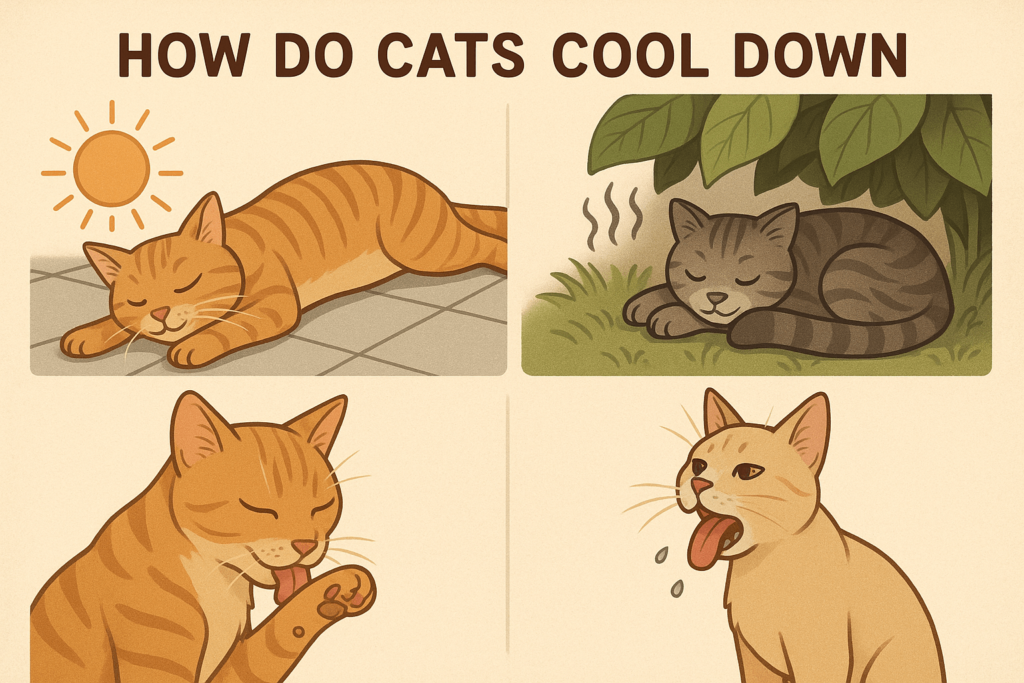
Signs Your Cat May Be Overheating
It’s important to recognize when your cat is struggling to cool down, as overheating can lead to serious health issues like heatstroke. Here are some warning signs to watch for.
Excessive Panting:
If your cat is panting heavily, it could indicate they’re having trouble regulating their temperature.Lethargy or Weakness:
A normally active cat becoming unusually sluggish or unresponsive is a red flag during hot weather.Vomiting or Diarrhea:
Gastrointestinal distress can occur when a cat’s body is under thermal stress.Bright Red Gums or Tongue:
Discoloration of the gums or tongue may signal dehydration or overheating.Restlessness or Agitation:
Pacing, vocalizing, or seeming unable to settle down can indicate discomfort caused by high temperatures.
If you notice any of these symptoms, take immediate steps to cool your cat and consult a veterinarian if necessary.
Check this guide 👉Cat Overheating Symptoms: Best 7 Expert Tips!
Check this guide 👉Understanding Cat Cold Treatment: Best 7 Health Tips!
Check this guide 👉How Long Does a Cat Cold Last? Best 7 Expert Tips!
Ways Cats Stay Cool Naturally | Tips to Help Your Cat Cool Down |
|---|---|
Panting to release heat | Provide fresh water at all times |
Grooming for evaporative cooling | Offer a cooling mat or damp towel |
Seeking shade or cool surfaces | Keep blinds closed during peak heat |
Stretching out to increase heat loss | Use fans or air conditioning |
Reducing physical activity in the heat | Avoid outdoor play during hot hours |
Practical Tips to Help Your Cat Beat the Heat
As a responsible pet owner, there are many ways you can assist your cat in staying cool and comfortable during warmer months. These simple adjustments can make a big difference.
Provide Plenty of Fresh Water:
Ensure your cat has access to clean, cool water throughout the day to prevent dehydration.Create a Cool Retreat:
Set up a cozy spot with soft bedding in a cool, shaded area where your cat can relax.Use Cooling Mats or Towels:
Specialized cooling mats or damp towels placed in their favorite spots can provide instant relief.Limit Outdoor Time:
Keep indoor-outdoor cats inside during the hottest parts of the day to reduce their risk of overheating.Monitor Humidity Levels:
High humidity can make it harder for cats to cool themselves through evaporation, so use a dehumidifier if needed.
By implementing these tips, you can create a safer and more comfortable environment for your cat during hot weather.
Common Misconceptions About Cats and Heat Regulation
There are several myths about how cats handle heat that can lead to misunderstandings about their needs. Let’s debunk some of these misconceptions.
Cats Sweat Like Humans:
Unlike humans, cats only have sweat glands on their paw pads, which aren’t enough to significantly lower their body temperature.Shaving a Cat Helps Them Stay Cool:
Shaving a cat’s fur can actually harm them by removing insulation that protects against sunburn and heat absorption.Cats Always Know How to Cool Themselves:
While cats are skilled at self-regulation, extreme heat can overwhelm their natural abilities, requiring human intervention.All Cats Love Warm Weather:
Not all cats enjoy hot climates—some breeds, like those with thick coats, are particularly sensitive to heat.Leaving a Cat Alone in a Car Is Safe for Short Periods:
Even brief exposure to high temperatures in a car can quickly become life-threatening for a cat.
Understanding these facts ensures you provide appropriate care and avoid falling for misleading assumptions.
Health Risks of Overheating in Cats
Overheating poses serious risks to a cat’s health, especially if left untreated. Being aware of potential complications underscores the importance of keeping your cat cool.
Heatstroke:
Prolonged exposure to high temperatures can cause heatstroke, leading to organ failure or death if not addressed promptly.Dehydration:
Cats require adequate water intake to maintain proper bodily functions; dehydration can exacerbate heat-related issues.Sunburn:
Cats with light-colored or thin fur are susceptible to sunburn, particularly on their ears and nose.Respiratory Distress:
Breeds with short snouts may experience difficulty breathing in hot, humid environments.Behavioral Changes:
Overheated cats may become irritable or withdrawn, signaling discomfort or distress.
Awareness of these risks allows you to act swiftly and protect your cat from harm.
Breeds That Struggle with Heat
Certain cat breeds are less tolerant of heat due to their physical characteristics. Knowing which breeds need extra attention can help you tailor your care accordingly.
Persian Cats:
Their flat faces make breathing difficult in hot weather, increasing their risk of overheating.Maine Coons:
Their thick, long fur provides insulation, making them more prone to heat retention.Sphynx Cats:
Despite lacking fur, Sphynx cats are vulnerable to sunburn and require protection from direct sunlight.British Shorthairs:
Their dense coats trap heat, requiring additional cooling measures during summer.Scottish Folds:
Their compact build and folded ears can hinder effective heat dissipation.
Tailoring your approach based on breed-specific needs ensures optimal comfort for your cat.
Fun Ways to Keep Your Cat Entertained While Staying Cool
Keeping your cat entertained during hot weather doesn’t have to be complicated. These fun activities combine playtime with cooling benefits.
Frozen Treats:
Freeze treats or broth in ice cube trays for a refreshing, interactive snack.Water Play (Optional):
Some cats enjoy splashing in shallow bowls of water—a great way to cool off while having fun.Cool Hideaways:
Create cozy nooks with chilled blankets or damp cloths for your cat to explore.Interactive Toys:
Engage your cat with low-energy toys that stimulate curiosity without causing overheating.Window Perches Near Fans:
Place a perch near a fan or open window for breezy entertainment.
Incorporating these ideas keeps your cat engaged and cool simultaneously, enhancing their overall well-being.
Frequently Asked Questions About Cats Cooling Down
Do cats sweat?
Yes, but only through their paw pads, which isn’t sufficient for significant cooling.
Can I give my cat ice cubes to lick?
While small amounts of ice are safe, offering too much can shock their system. Stick to cool water instead.
What should I do if my cat shows signs of heatstroke?
Move them to a cooler area, wet their paws and body with lukewarm water, and contact a vet immediately.
Are certain cat breeds more prone to overheating?
Yes, flat-faced breeds like Persians struggle more with heat due to restricted airflow.
Should I leave a fan running for my cat?
Fans can help circulate air, but they work best when paired with other cooling methods like hydration and shade.
Keeping Your Feline Friend Comfortable in the Heat
Understanding how cats cool down is key to ensuring their well-being during warmer months. By recognizing their natural behaviors, identifying signs of overheating, and taking proactive steps to support them, you can help your cat thrive in any climate. Remember, prevention is always better than cure—so prioritize hydration, shade, and comfort to safeguard your pet from heat-related risks. With a little extra care, your cat will remain cool, content, and ready to enjoy every season alongside you.
Cerenia Cat Side Effects: Best 7 Expert Tips! Discover expert advice on managing Cerenia side effects, ensuring your cat’s safety, and promoting a smooth recovery with practical tips.
Why Is My Cats Nose Dry? Best 7 Expert Tips! Discover expert advice on causes of dry cat noses, signs of concern, and how to keep your feline healthy and comfortable.
Can Cats Eat Raw Meat? Best 7 Expert Tips! Discover the benefits, risks, and expert advice on feeding raw meat to cats safely and nutritiously.
Cat Spraying vs. Peeing: Best 7 Expert Tips! Learn to identify the differences, understand causes, and stop unwanted behaviors with proven strategies for a cleaner, stress-free home.

